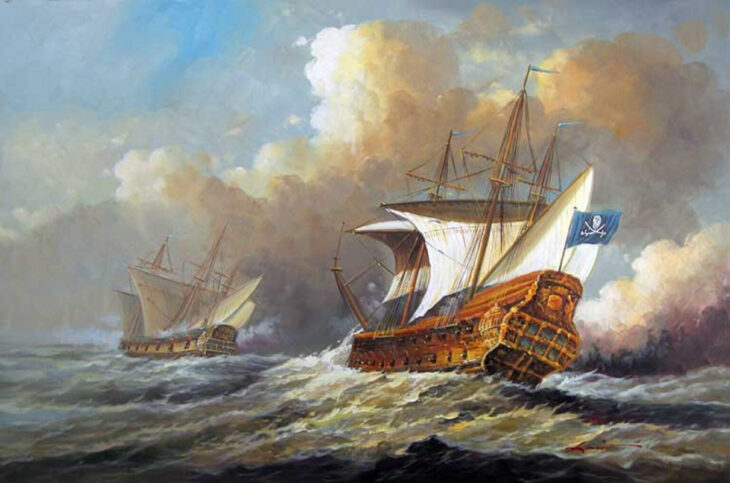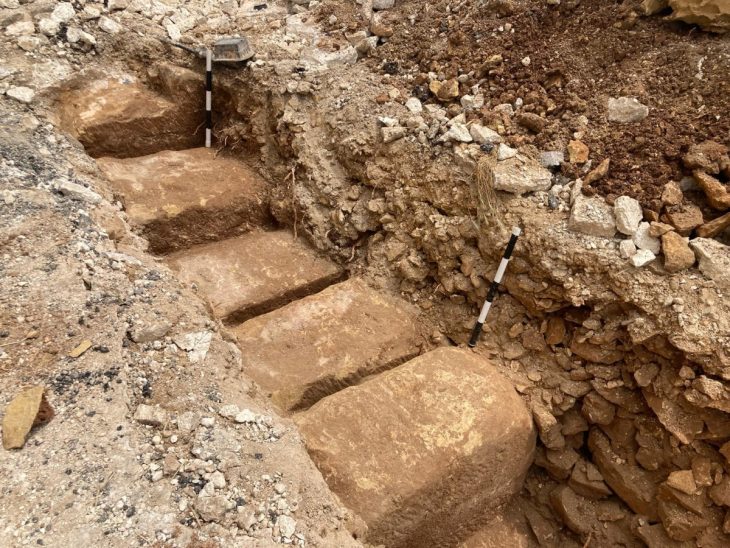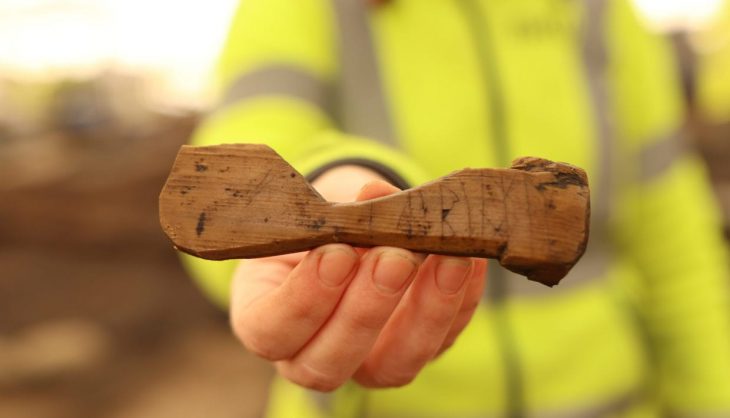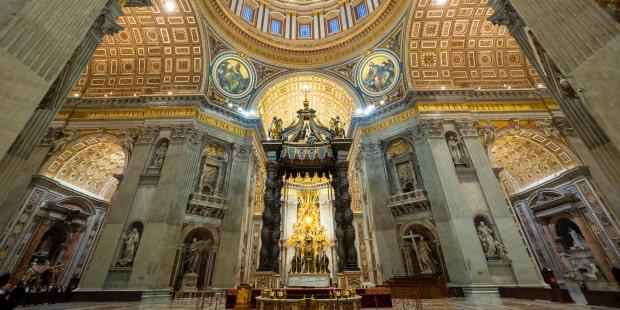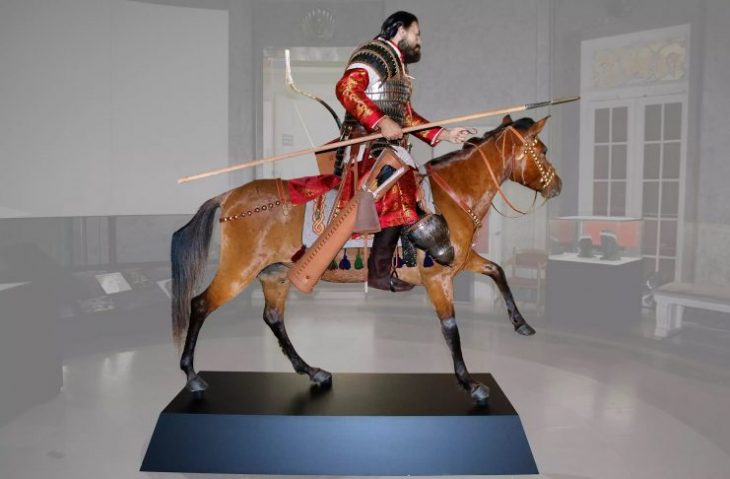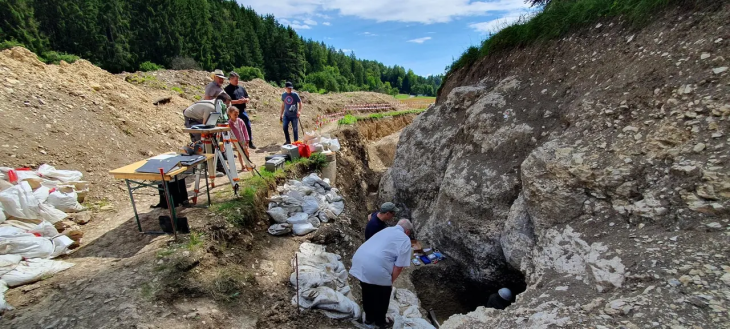A remarkable archaeological discovery in Jordan has brought one of the Holy Land’s long-lost cities back to light.
Researchers now believe they have uncovered the ancient Byzantine-era city of Tharais, a site once marked on the famed Madaba Mosaic Map, but lost for centuries. This breakthrough offers a new lens into the region’s Christian past and its socio-economic importance in late antiquity.
The findings were published in May 2025 in the academic journal Gephyra by Dr. Musallam R. Al-Rawahneh, Associate Professor of Archaeology at Mu’tah University in Jordan. The discovery is the result of a three-year fieldwork project that began in 2021 and focused on the southeastern region of the Dead Sea, near the village of El-ʿIrāq, in an area known as Ain Al-Qala’a.
A Discovery Rooted in Ancient Maps
Central to this discovery was the Madaba Mosaic Map, a sixth-century Byzantine floor mosaic located in the Church of Saint George in Madaba, Jordan. The map is considered the oldest surviving geographic depiction of the Holy Land, marking over 150 ancient locations. One of those sites, Tharais, has intrigued historians for decades—until now.
Guided by this map and supplemented by satellite imagery and ground surveys, Al-Rawahneh’s team uncovered architectural ruins, pottery shards, glassware, and stone tools. The most significant feature was the remains of a basilica-style Christian church, complete with fragments of mosaic floors and an entranceway consistent with Byzantine ecclesiastical design.
📣 Our WhatsApp channel is now LIVE! Stay up-to-date with the latest news and updates, just click here to follow us on WhatsApp and never miss a thing!!
“These architectural elements strongly suggest that Tharais was not just a settlement, but a religious and commercial hub during the Byzantine period,” said Al-Rawahneh.
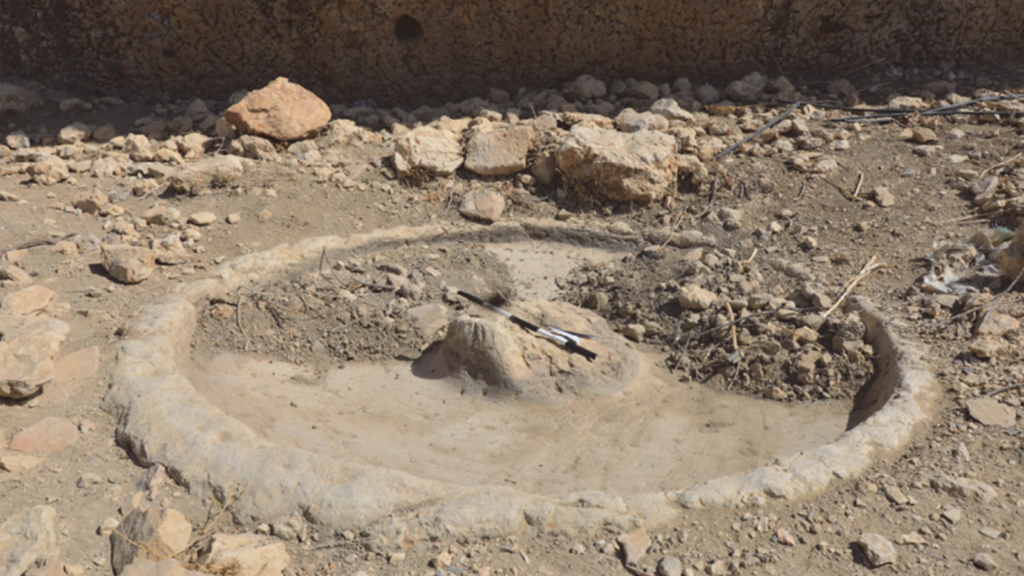
Echoes of a Flourishing Christian Community
The site revealed more than just walls and mosaics. Researchers discovered olive oil presses, a grape press, and remains of a mill, indicating the city had a thriving economy in addition to its religious significance.
Most compelling were the funerary inscriptions in Greek and Latin, etched into tombstones scattered throughout the area. These inscriptions featured Christian symbols and phrases, painting a picture of a well-established Christian society deeply integrated into both the spiritual and economic fabric of the region.
“The inscriptions follow typical formulas of Byzantine Christian burials,” Al-Rawahneh noted, “and show that Tharais was home to an organized, practicing Christian community.”
Why Was Tharais Lost?
Although once strategically located along key trade routes to the southeastern Dead Sea region, Tharais was likely abandoned by the 7th century A.D. Several factors could have contributed to its decline, including earthquakes, shifts in trade routes, and the transition from Byzantine to Islamic rule. These historical changes disrupted many settlements in the region during that period.
Looking Ahead: Preserving Jordan’s Cultural Heritage
While the identification of Tharais marks a major success, Al-Rawahneh stresses that this is only the beginning. Additional excavations and regional surveys are planned to further understand the city’s role in Byzantine Jordan.
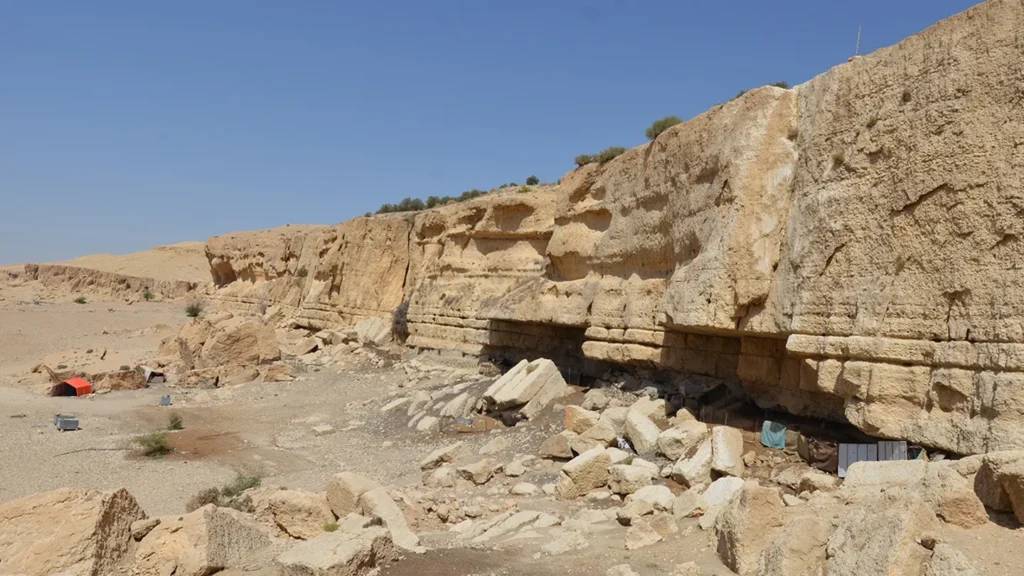
Moreover, researchers are calling for action to protect the site from encroaching urban development. “Our aim is not just to uncover Tharais,” said Al-Rawahneh, “but to advocate for the preservation of Jordan’s rich cultural heritage.”
A Window into the Past
The rediscovery of Tharais is more than an archaeological milestone. It provides a tangible link to the early Christian world and the complex historical layers of the Middle East. As researchers continue to explore the site, Tharais promises to shed further light on the intersection of faith, commerce, and daily life in the ancient Holy Land.
This finding confirms what historians long suspected but had never verified: Tharais was real, vibrant, and deeply woven into the religious and economic fabric of its time. Thanks to modern archaeology and ancient cartography, yet another piece of the Holy Land’s rich puzzle is finally falling into place.
Al-Rawahneh, M. R. (2025). Identification Tharais: Rediscovering a Byzantine archaeological site on the Madaba Mosaic Map. Gephyra, 29, 189–203. https://doi.org/10.37095/gephyra.1556742
Cover Image Credit: Archaeologists uncovered a section of the church’s main entrance frame (left) along with a preserved portion of its front façade (right), providing key architectural clues to the site’s Byzantine origins. Credit: Musallam R. Al-Rawahneh


